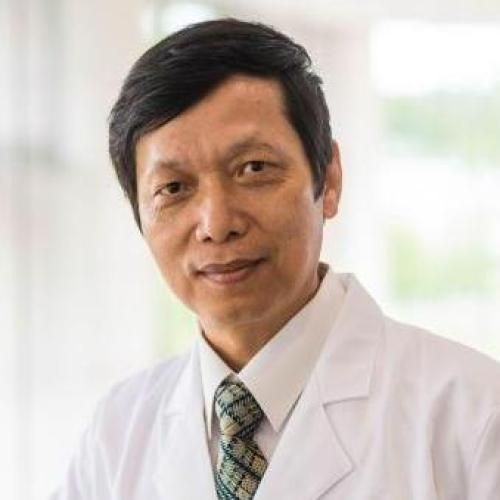Possible role for vascular cell proliferation in cerebral vasospasm after subarachnoid hemorrhage.
BACKGROUND AND PURPOSE: During vasospasm after subarachnoid hemorrhage (SAH), cerebral blood vessels show structural changes consistent with the actions of vascular mitogens. We measured platelet-derived vascular growth factors (PDGFs) in the cerebrospinal fluid (CSF) of patients after SAH and tested the effect of these factors on cerebral arteries in vivo and in vitro. METHODS: CSF was sampled from 14 patients after SAH, 6 patients not suffering SAH, and 8 normal controls. ELISA was performed for PDGF-AB, transforming growth factor-beta1, and vascular endothelial growth factor. A mouse model was used to compare cerebral vascular cell proliferation and PDGF staining in SAH compared with sham-operated controls. Normal human pial arteries were incubated for 7 days in vitro, 2 groups with human blood clot and 1 with and 1 without PDGF antibodies. RESULTS: PDGF-AB concentrations in CSF from SAH patients were significantly higher than those from non-SAH patients and normal controls, both during the first week after SAH and for all time points measured. Smooth muscle and fibroblast proliferation was observed after SAH in the mouse model, and this cellular replication was observed in conjunction with PDGF protein at the sites of thrombus. In human pial arteries, localized thrombus stimulated vessel wall proliferation, and proliferation was blocked by neutralizing antibodies directed against PDGFs. CONCLUSIONS: Vascular mitogens are increased in the CSF of patients after SAH. Proliferation of cells in the vascular wall is associated with perivascular thrombus. Cellular proliferation and subsequent vessel wall thickening may contribute to the syndrome of delayed cerebral vasospasm.
Duke Scholars
Published In
EISSN
Publication Date
Volume
Issue
Start / End Page
Location
Related Subject Headings
- Vasospasm, Intracranial
- Vascular Endothelial Growth Factors
- Vascular Endothelial Growth Factor A
- Transforming Growth Factor beta1
- Transforming Growth Factor beta
- Thrombosis
- Subarachnoid Hemorrhage
- Platelet-Derived Growth Factor
- Pia Mater
- Neurology & Neurosurgery
Citation
Published In
EISSN
Publication Date
Volume
Issue
Start / End Page
Location
Related Subject Headings
- Vasospasm, Intracranial
- Vascular Endothelial Growth Factors
- Vascular Endothelial Growth Factor A
- Transforming Growth Factor beta1
- Transforming Growth Factor beta
- Thrombosis
- Subarachnoid Hemorrhage
- Platelet-Derived Growth Factor
- Pia Mater
- Neurology & Neurosurgery



